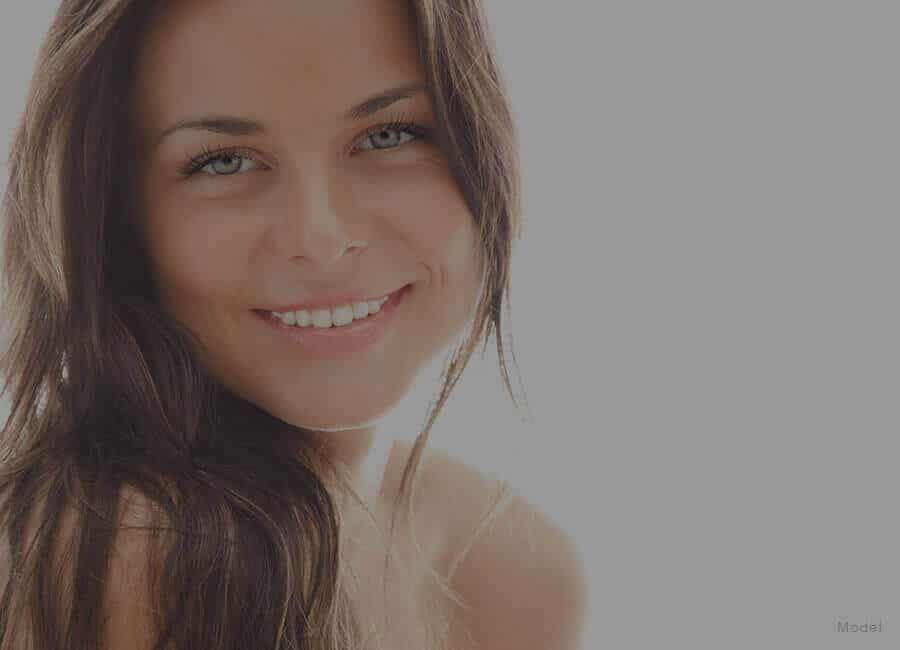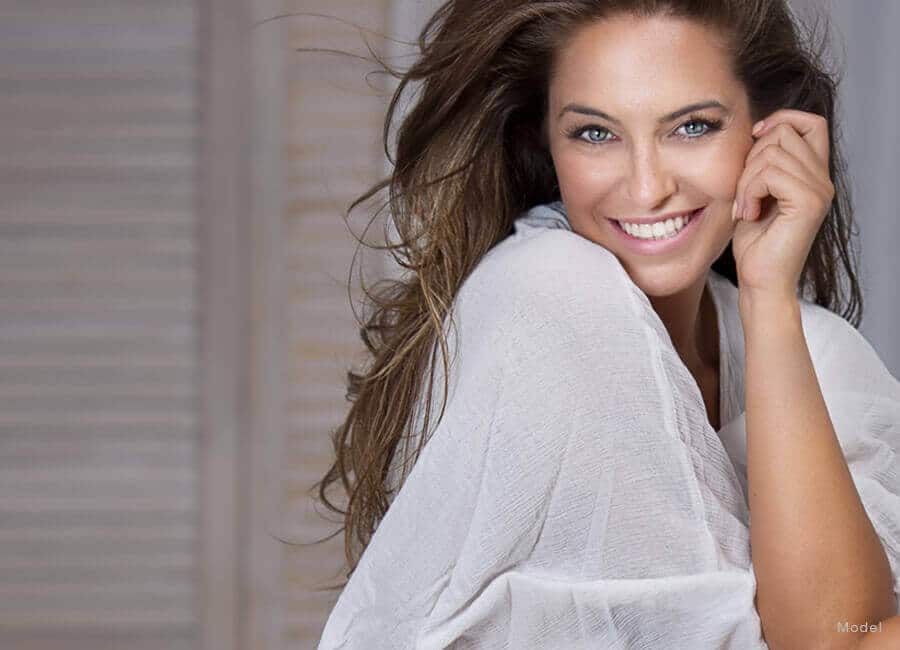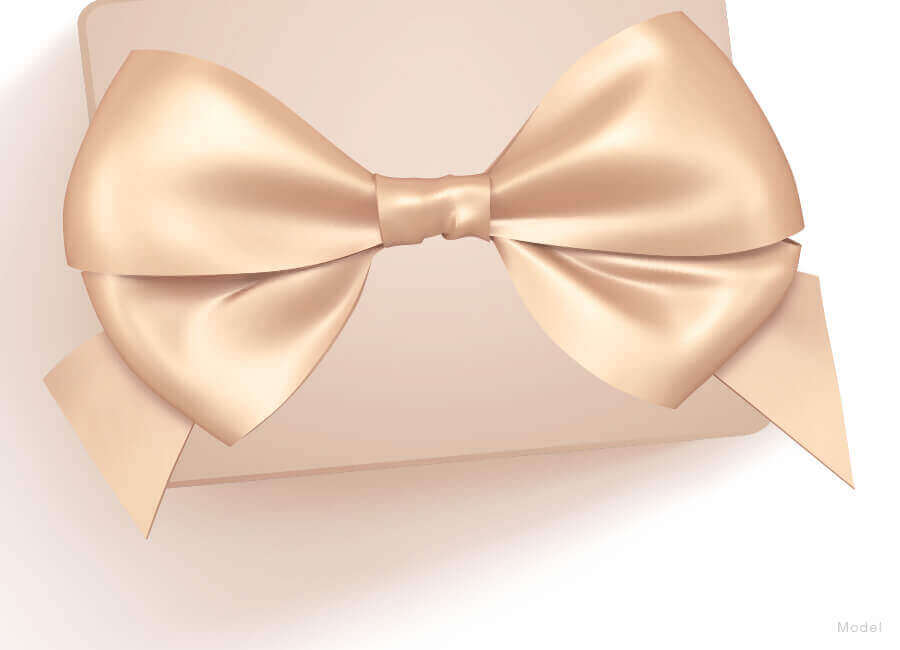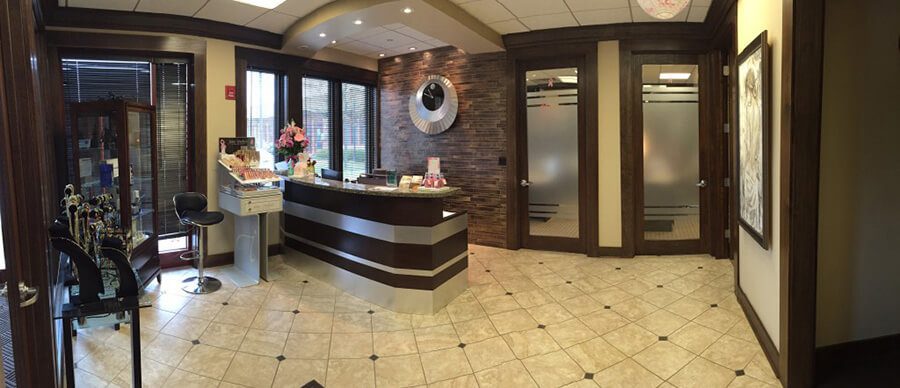Rhinoplasty Revision
Rhinoplasty Revision
Rhinoplasty is a complex operation, and therefore it has a higher rate of revision when compared to other cosmetic surgery procedures. It is possible for your nose to look great after the initial surgery but at a later time changes in unexpected ways. Sometimes even the initial surgery does not meet your expectations from the start. The tip may still be too long, or the bump is still noticeable, or maybe you aren’t able to breathe as well. The surgeon may tell you they can refine the initial result and perform an additional procedure called a revision rhinoplasty. Many Plastic Surgeons think this is one of the most challenging surgeries they perform, and others do not even attempt revision rhinoplasty for their own patient or work from another surgeon. It is important to note that even in the hands of a very skilled surgeon, the need for a revision procedure may arise.
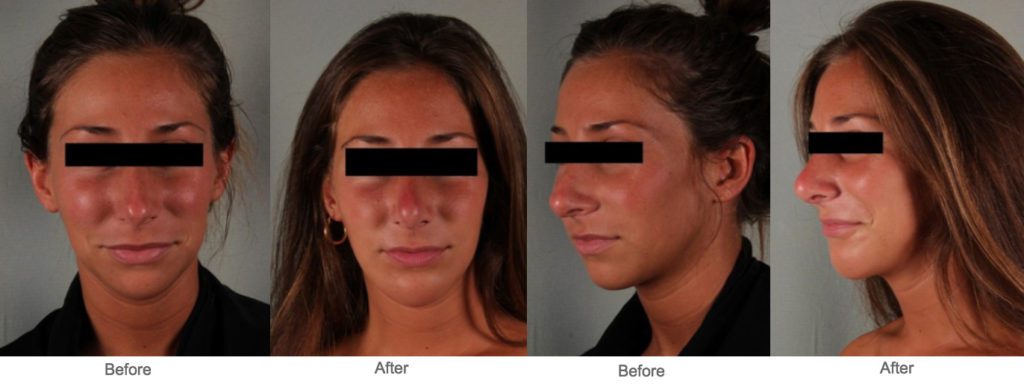
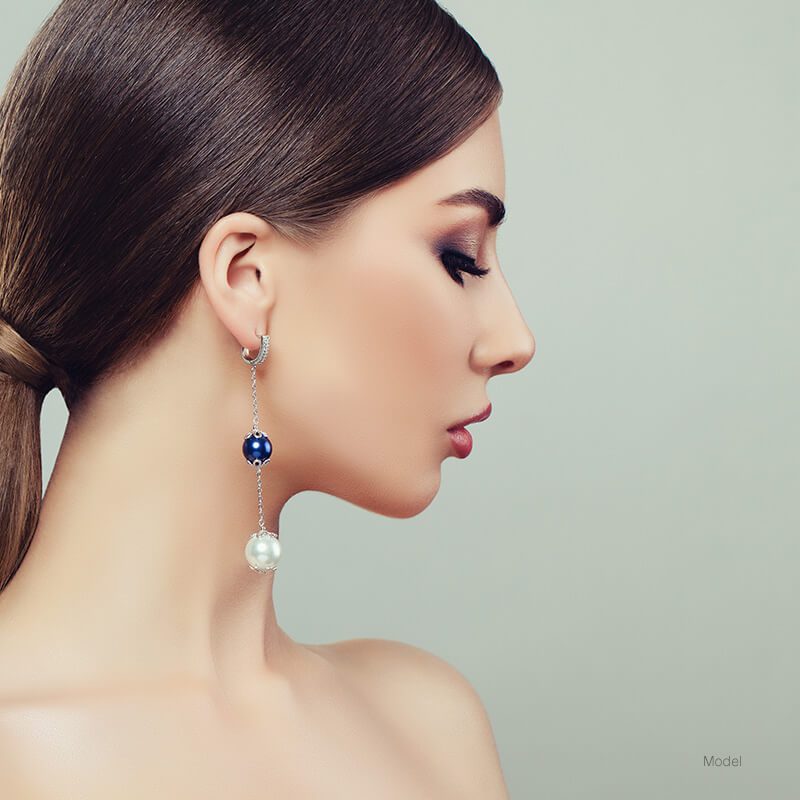
Am I a good candidate?
You may be a candidate for revision rhinoplasty if the initial surgery failed to address your concerns. It is important to have a surgeon who outlines what a realistic outcome is for any particular patient, as some requests from patients are not possible to achieve. Sometimes the initial surgeon has not properly identified functional or anatomical abnormalities, and the surgical result is not optimal. There are also situations where patients feel their nose has changed over time following the initial surgery. The concerns in this situation can often be addressed with revision rhinoplasty. Selecting a board certified plastic surgeon who not only performs many primary rhinoplasty procedures but also secondary rhinoplasty procedures is important. Ultimately, the surgeon determines if you are a good candidate for a revision.
The Procedure
The revision rhinoplasty is often a similar experience to the initial surgery, unless a different surgeon is selected. The procedure often takes longer due to the very nature that it is more complicated to fix than the primary surgery. Our revision rhinoplasties are performed in our AAAASF accredited operating suite under IV sedation or general anesthesia. Our doctors most often perform an open rhinoplasty, which gives the best visualization of the structures and provides the best results. With this approach there is a small incision between the nostrils which is not visible after healing. A splint is placed over the bridge of the nose for protection during the first week to ten days after the operation. A closed rhinoplasty is performed when appropriate for the particular situation in which case the work is performed through the nostrils and no visible incision is made between the nostrils. Some revisions may be extremely complex and require cartilage grafts, but the need for this is rare. The procedure takes approximately 1.5 to 2 hours.
The Recovery
Following the procedure the patient remains in our recovery area until they are alert and feel comfortable enough to leave. The type of anesthesia we use rarely results in nausea, and some patients only complain of a slight headache following the procedure. In these situations Tylenol is adequate for the discomfort. We do provide a stronger pain medication which can be taken if needed. Some patients will have their nose packed, which can be slightly uncomfortable as you can only breathe through the mouth until the packing is removed a day or two later. Most patients do not like to return to work or school because of the splint they are required to wear. We have had patients who do return to work wearing the splint a few days after their Revision Rhinoplasty. At one week the patient returns to the office for the splint and stitch removal ( if an open approach was performed.) It is at this point the patient can see the initial results of the procedure, but it is important to remember the final result can take months. Patients are advised as to when they can return to physical activities, and the average timeframe is six to eight weeks. There is nothing worse than being so excited to finally have the initial rhinoplasty only to have the end result be a disappointment. It is a relief to know that a revision rhinoplasty procedure can make improvements.
VECTRA IMAGING SYSTEM
VIEW YOURSELF IN 3D
Click to learn more
Terms to Know
Columella – This refers to the structure located between the nostrils. During an open Revision Rhinoplasty there will be a small horizontal incision that does not leave visible scarring.
Nares – This is a synonym for nostrils. A revision rhinoplasty may require the surgeon to make the nostrils small or more symmetrical.
Dorsum – This is the external bridge of the nose, often where the hump or bump is located. Revision rhinoplasty often requires work to this area of the nose which may have been made concave or still has a visible bump.
Rhinoplasty Revision
Frequently Asked Questions
-
If there is asymmetry to my nose following a primary rhinoplasty, is that the result of poor surgical skill?
Quite the contrary, this may occur due to post-operative scarring within the nose making it appear uneven on one side or the other. The surgeon cannot control how someone heals, and asymmetry may result due to no fault of the surgeon. Revision rhinoplasty can often address this concern.
-
What is meant by a Parrot or Polly Beak?
This occurs when the hump on the bridge of the nose has not been reduced enough. It can also result from a buildup of scar tissue. To correct this situation, a revision rhinoplasty is indicated.
-
Some people look like the tip of their nose is pinched following a rhinoplasty. Is this correctable?
This type of pinched appearance to the tip of the nose is often the result of too much cartilage being removed from the area. It may also occur if the cartilage didn’t heal correctly and is somewhat collapsed. This would be a situation where a cartilage graft is indicated during the rhinoplasty revision, adding some volume back to the tip to correct the “pinched” look.
-
Is it true that the nose changes over the years so the results will not last?
It is true that our noses change almost every year, so following a primary rhinoplasty procedure you are not imagining things when you think it looks different a few years following the procedure than it did six months after the procedure. Some people experience subtle, unnoticeable changes and others more visible. So when you think your nose looks like it is growing or has gotten fuller in the tip, it very well may have. This is often what prompts patients to seek revision rhinoplasty years after the primary nose surgery.
-
What do I do if I am disappointed with my results?
In many situations the initial operating surgeon can make minor revisions to their initial surgery. Be honest with them about your concerns, and a quality surgeon wants their patients to be happy and may recommend a revision rhinoplasty, if they feel they can improve upon the results. Not all plastic surgeons feel comfortable doing the revisions, so you may need to seek out an expert, who performs revision rhinoplasty on a regular basis. Our doctors fit this last category and are often sought out for their expertise in revision rhinoplasty. In either situation expect to pay for the revision. It is important when selecting a surgeon to review their before and after photos so you can see their work.
-
How far out can a revision rhinoplasty be performed?
Most surgeons wait for the swelling to subside completely, which can be up to a year following the primary nose surgery. On the other end of the spectrum, when changes occur revision rhinoplasty can and is performed many years after the initial surgery.
